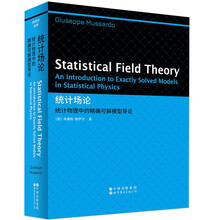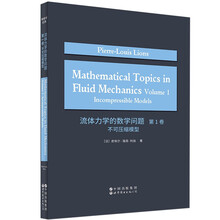Solid State Physics is the study of the state of solids. Its development is accompanied by the development of modern science and technology. It contains many fundamental concepts that are essential to a great number of branches of science, including those within as well as those outside physics. An exhausted list of these branches is intimidating. Here we just name a few: Condensed matter physics, material science, semiconductor physics, laser physics, spin-tronics, physical optics, electric engineering, and electronic engineering. In solids, there exist a variety of particles (including quasiparticles and elementary excitations) and interactions among them. These particles and interactions determine the potential applications of various solids. For example, the peculiar band structure of electrons in semiconductors lead to transis-tors that are the heart of everything electronic; the electron-photon interactions lead to laser diodes, photodiodes, and CCDs (coupled charge diodes); the electron-phonon interactions lead to piezoelectric materials; the electron spin-charge interactions lead to spintronics and quantum computation; the macroscopic quantum phenomena of electrons in metallic solids lead to superconductivity, with the strong correlation of electrons leading to high temperature superconductivity. Thus, it can be said that Solid State Physics is the study of the prop-erties of various particles in solids and the interactions among these particles as well as the interactions of these particles with external fields. Electrons and nuclei (or valence electrons and ions) are the basic constituents of solids, with many other quasiparticles or elementary excitations arising due to the interactions among themselves or due to their interactions with external fields.
展开










